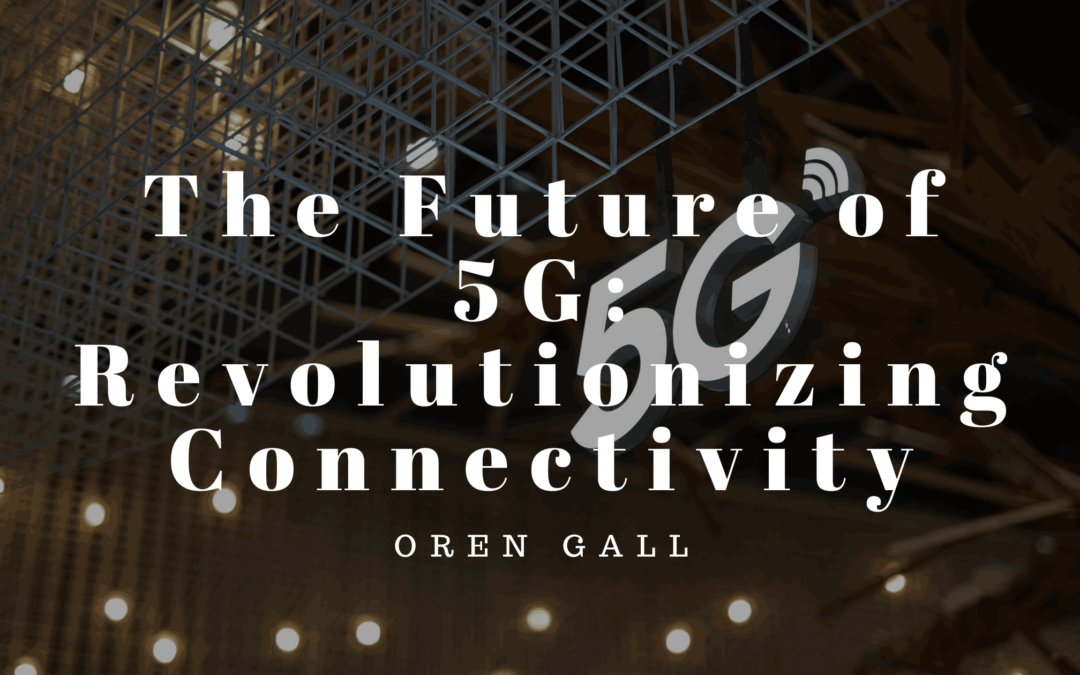The rollout of 5G technology marks a significant leap in connectivity, promising faster speeds, lower latency, and the capacity to support an ever-growing number of connected devices. As industries and consumers gear up to embrace 5G, this blog explores its transformative potential, current applications, and challenges.
What is 5G?
5G, or the fifth generation of mobile network technology, is designed to address the limitations of its predecessor, 4G. While 4G brought us faster internet and improved video streaming, 5G is set to deliver:
- Speeds up to 100 times faster than 4G, enabling real-time data transmission.
- Latency as low as 1 millisecond, critical for applications like autonomous vehicles and remote surgery.
- Greater device density, allowing millions of devices to connect seamlessly in a small area.
Applications of 5G Technology
- Enhanced Mobile Experience
Faster download and upload speeds mean users can stream high-definition content, engage in online gaming, and participate in video conferencing without lag. - Autonomous Vehicles
Self-driving cars rely on instantaneous data exchange to navigate safely. 5G’s low latency ensures these vehicles can respond to road conditions in real time. - Smart Cities
5G supports the Internet of Things (IoT) by enabling connected devices like smart streetlights, traffic management systems, and waste management solutions, improving urban efficiency and sustainability. - Healthcare Advancements
Remote surgeries powered by 5G allow specialists to perform operations from thousands of miles away. Wearable health devices can also transmit real-time patient data to doctors for better monitoring and diagnosis. - Immersive Entertainment
Augmented reality (AR) and virtual reality (VR) experiences will become more seamless, revolutionizing gaming, education, and virtual tourism. - Industry 4.0
In manufacturing, 5G facilitates automation, predictive maintenance, and smart factories, reducing costs and increasing productivity.
Benefits of 5G Technology
- Unprecedented Speed: Large files and HD videos can be downloaded in seconds.
- Improved Connectivity: 5G networks can handle more devices, making it ideal for IoT applications.
- Economic Growth: The deployment of 5G is expected to create new industries and generate billions in economic value.
- Energy Efficiency: 5G networks are designed to consume less power per bit of data, supporting sustainability goals.
Challenges of 5G Deployment
- Infrastructure Costs
Rolling out 5G requires significant investment in infrastructure, including new towers, fiber optics, and base stations. - Device Compatibility
Consumers need 5G-enabled devices to access the network, which may not yet be affordable for everyone. - Health and Environmental Concerns
Although studies suggest 5G is safe, public skepticism about potential health effects persists. Additionally, increased electronic waste from outdated devices could pose environmental challenges. - Regulatory and Spectrum Issues
Allocating spectrum for 5G and establishing global standards remain hurdles, slowing down adoption in some regions.
Global Adoption and Future Trends
Countries around the world are racing to implement 5G networks. South Korea, the United States, and China are leading the charge, with many others following suit. In the future, we can expect:
- 6G Development: Even as 5G expands, research into 6G has already begun, promising speeds and capabilities beyond imagination.
- AI Integration: Combining 5G with artificial intelligence will unlock smarter networks and more efficient data usage.
- Universal Coverage: Satellite-based 5G networks could bring high-speed internet to remote and underserved areas.
5G is more than just a faster network—it’s a platform for innovation that will reshape industries, redefine connectivity, and improve lives. As we overcome the challenges of deployment and adoption, the potential of 5G will unfold, heralding a future where technology truly works at the speed of life.
